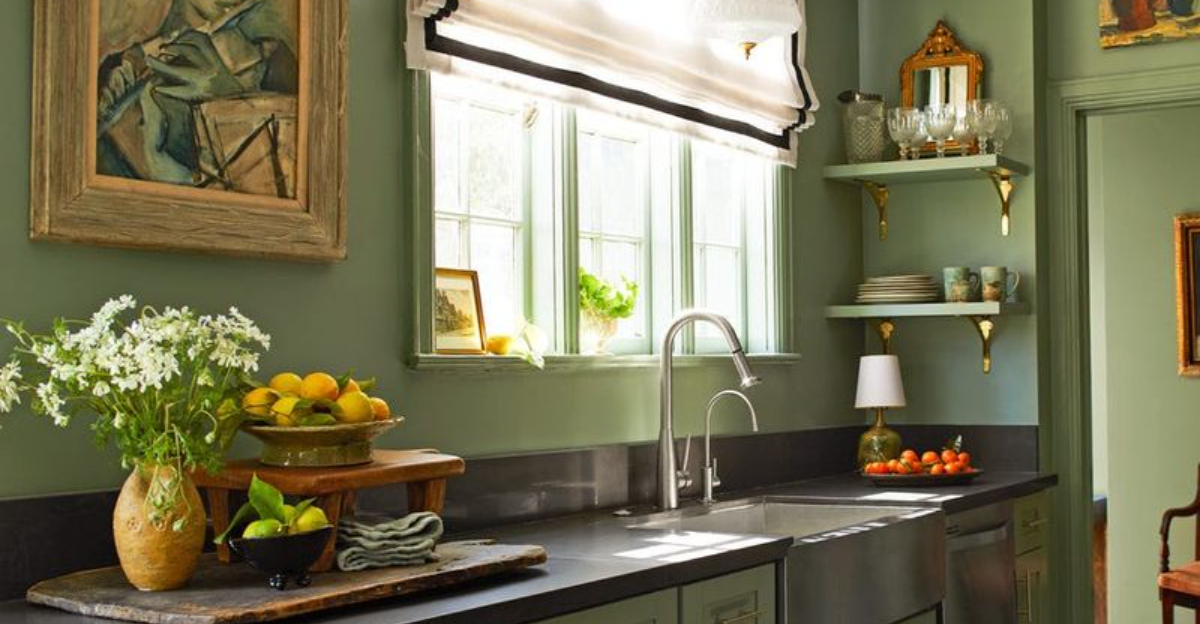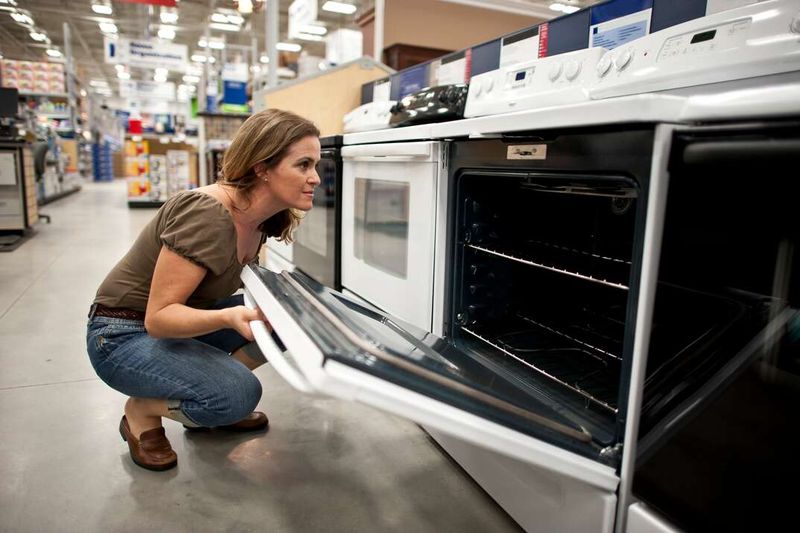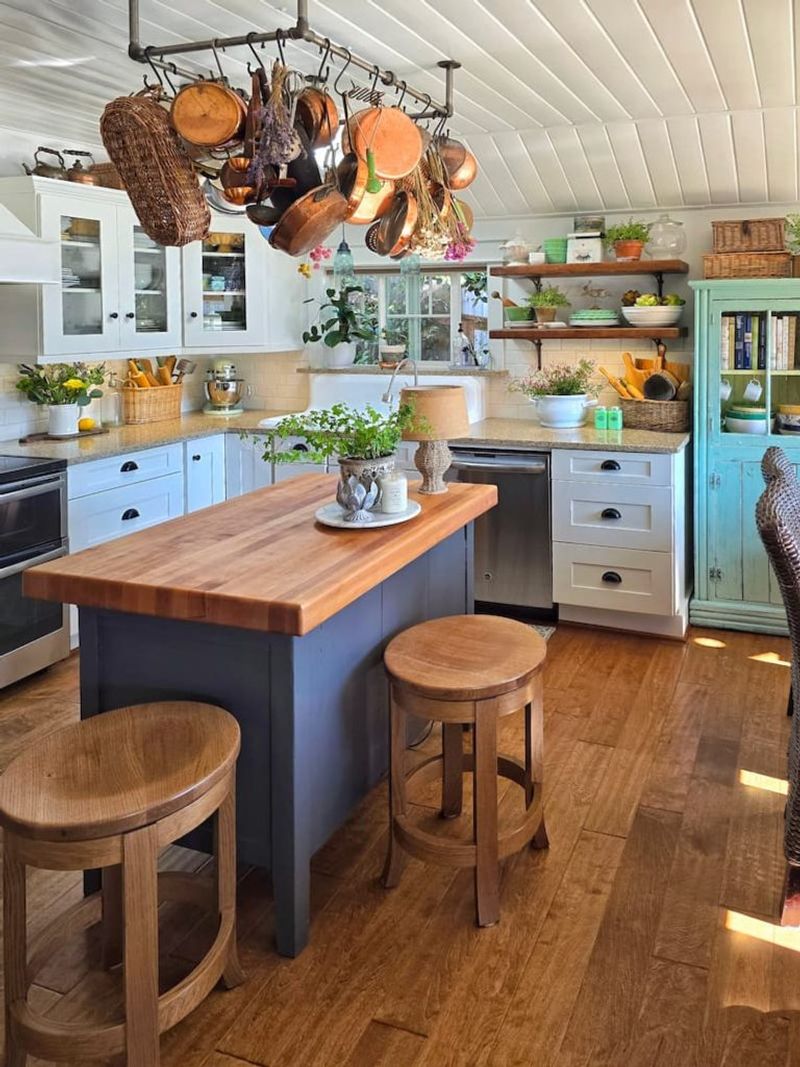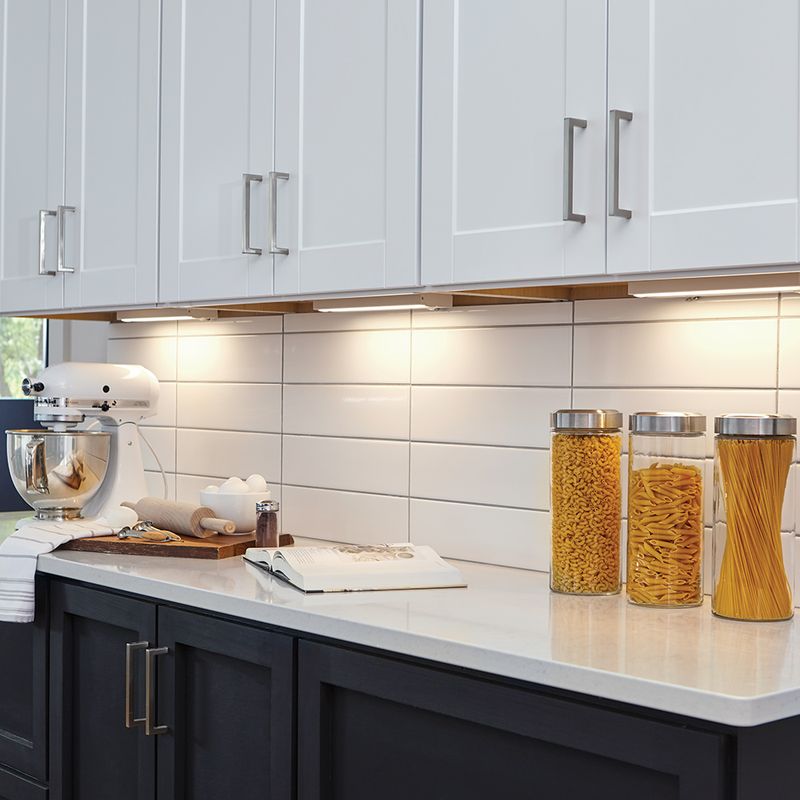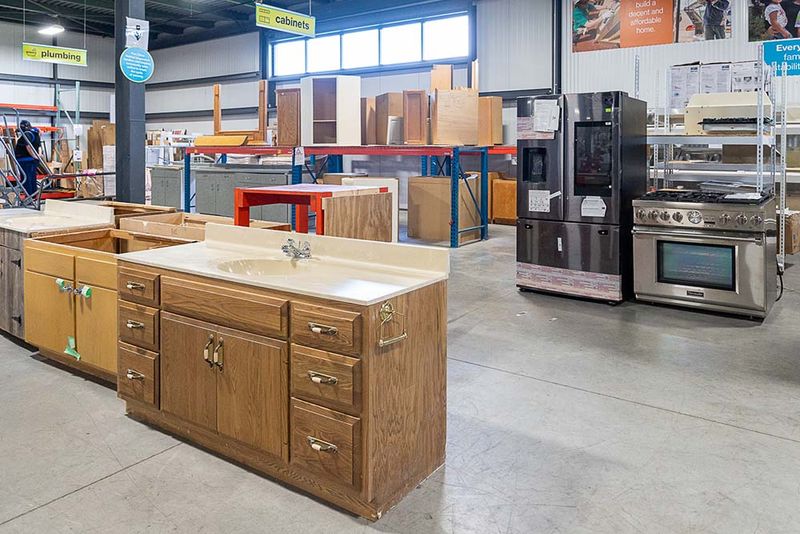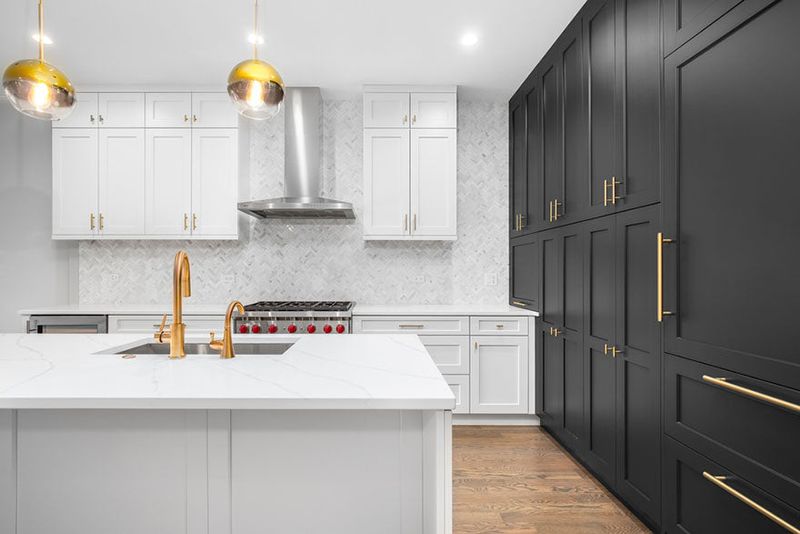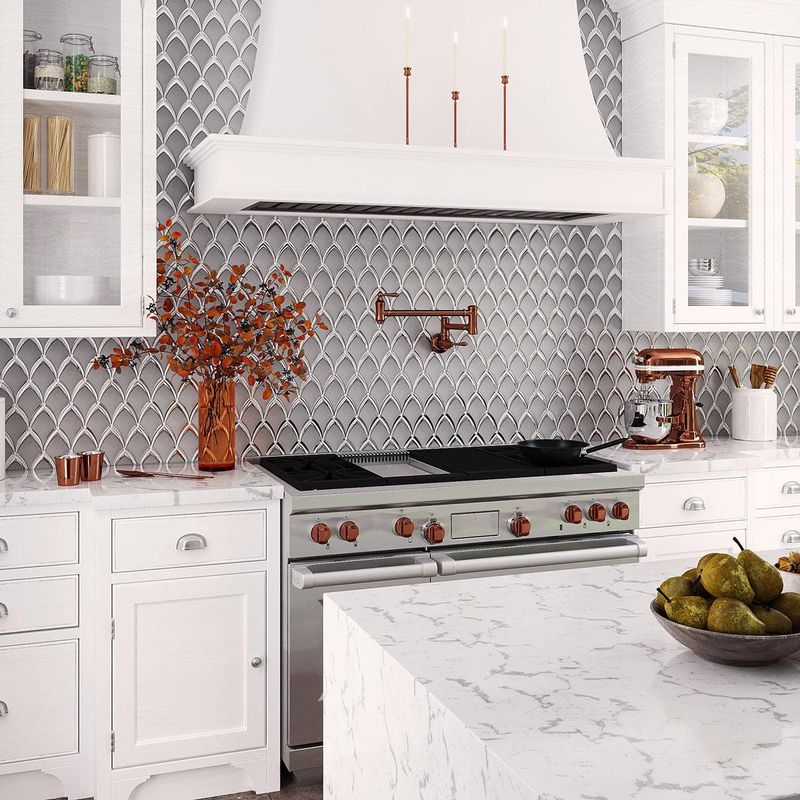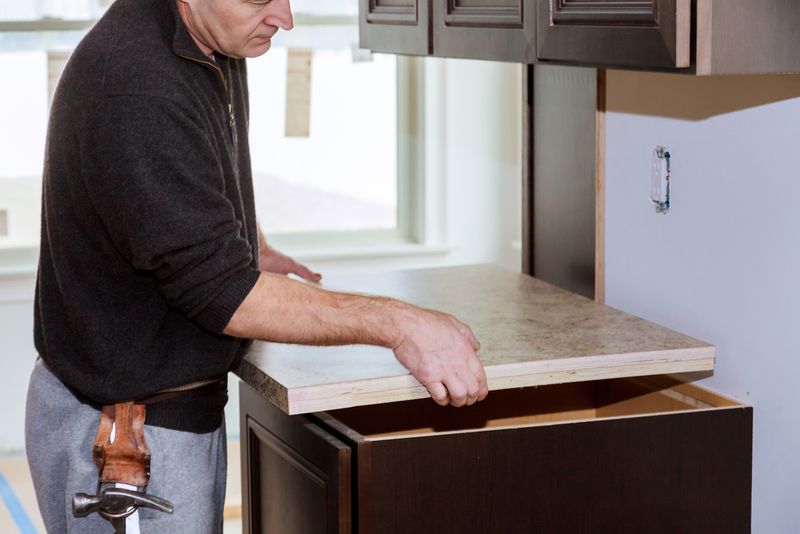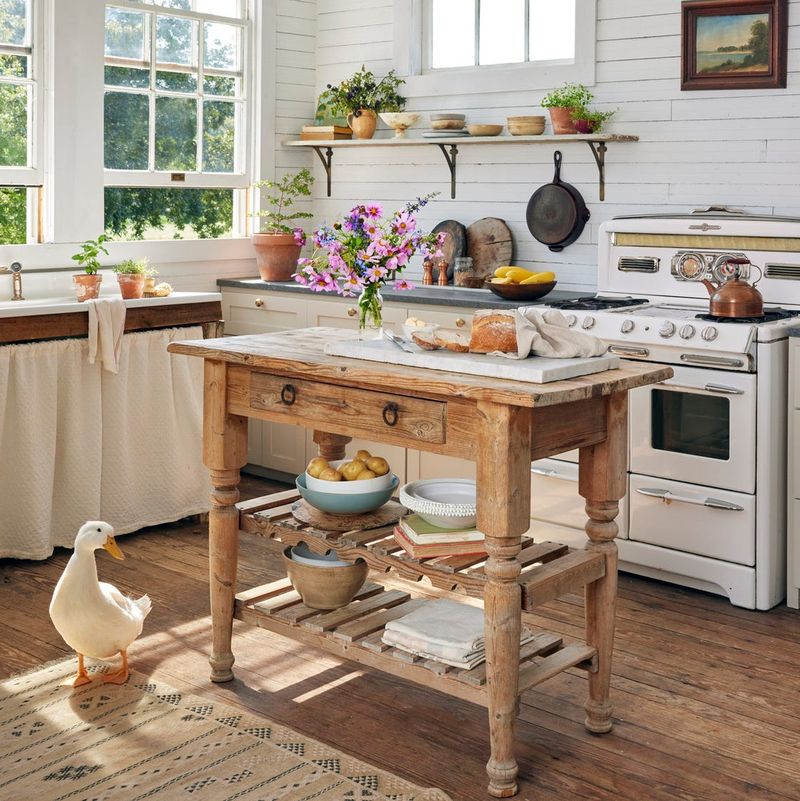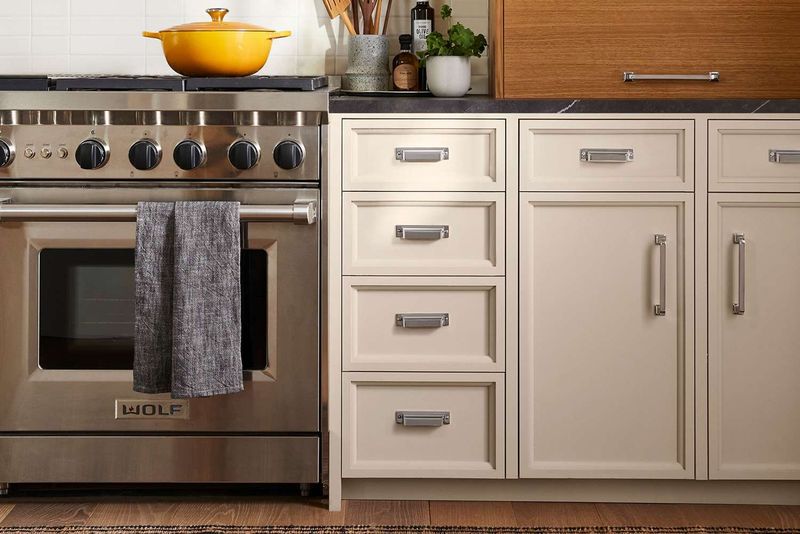Renovating your kitchen can quickly become one of the most expensive home improvement projects you’ll ever tackle.
With materials, labor, and unexpected surprises, costs can spiral out of control before you know it.
Thankfully, professional home improvement experts have plenty of tricks up their sleeves to help homeowners achieve stunning kitchen transformations without emptying their bank accounts. Let’s explore their top money-saving strategies that don’t sacrifice style or quality.
1. Keep Your Kitchen’s Layout
Moving plumbing, gas lines, or electrical outlets will drain your renovation budget faster than you can say “granite countertops.”
By working with your kitchen’s existing layout, you’ll avoid the most expensive aspect of many renovations. This doesn’t mean you can’t achieve a fresh look! Focus instead on updating surfaces, fixtures, and appliances while keeping the footprint intact.
2. Refinish Rather Than Replace Cabinets
Would you believe those dated oak cabinets could become the showstopper in your new kitchen? With proper preparation, quality paint or stain, and new hardware, your existing cabinets can look brand new for about 20% of replacement costs.
Professional painters can transform them for a fraction of new cabinet prices. If you’re feeling handy, this is also one of the most DIY-friendly renovation projects.
3. Shop Floor Model Appliances
Floor models and slightly dinged appliances offer tremendous savings opportunities! These products typically function perfectly but may have minor cosmetic imperfections or simply served as display models in showrooms.
Visit appliance stores at the end of the month or quarter when they’re trying to meet sales goals. Don’t forget to ask about upcoming model changes – last year’s perfect refrigerator could be marked down simply because this year’s version has a slightly different handle design.
4. Consider Open Shelving
Imagine removing those upper cabinets and replacing them with stylish floating shelves! Not only does this create an airy, contemporary look, but it also saves a small fortune compared to traditional cabinetry costs.
Open shelving materials range from budget-friendly laminate to mid-priced wood to statement-making metal brackets with stone shelves. This approach works particularly well for displaying attractive dishware and frequently used items.
5. Mix High and Low Materials
Strategic splurging is the secret weapon of budget-savvy designers! Perhaps you’ll invest in that stunning quartz countertop for the island while choosing a more affordable laminate for perimeter counters.
The trick is knowing where to allocate your budget for maximum visual impact. High-traffic, highly visible areas deserve quality materials, while secondary spaces can feature more economical options.
6. Choose Partial Backsplashes
Full-height designer tile throughout your kitchen might break the bank, but what about a strategic partial backsplash? Limiting specialty tile to just the area behind your range creates a stunning focal point while dramatically reducing material costs.
For the remaining areas, consider more affordable options like painted beadboard, thermoplastic panels, or budget-friendly ceramic tiles in simple patterns.
7. Reuse and Repurpose Where Possible
Before demolition day arrives, take a careful inventory of what might deserve a second life in your new kitchen. Perhaps those vintage glass cabinet doors could become a charming built-in pantry feature, or that butcher block section could transform into a cutting board.
Salvaging and repurposing not only saves money but often adds character that new materials simply can’t match. Even items like drawer pulls, light fixtures, or certain appliances might still have plenty of life left.
8. Optimize Lighting Without Rewiring
Upgrading your kitchen’s illumination doesn’t necessarily require expensive electrical work! Battery-operated or plug-in under-cabinet lighting can dramatically improve task areas without calling in an electrician.
Consider replacing outdated fixtures with new ones in the same locations to avoid rewiring costs. Modern pendant lights over islands or sinks create focal points while using existing junction boxes.
9. Refresh With Paint Instead of Demolition
A fresh coat of quality paint might be the most powerful budget renovation tool in existence! Beyond cabinets, consider how paint could transform dated tile, laminate countertops, or even appliances with specialized products now available.
Professional-grade countertop refinishing kits can make laminate surfaces resemble stone for a fraction of replacement costs. Appliance paint can update that almond refrigerator to sleek black or stainless.
10. Be Your Own Contractor
Feeling organized and detail-oriented? Acting as your own general contractor could save 15-20% on your renovation budget! This approach requires coordinating various tradespeople and managing the project timeline yourself instead of paying someone else to handle it.
Success depends on thorough research and clear communication with subcontractors. Create detailed spreadsheets tracking expenses, timing, and contact information.
11. Shop Secondhand and Surplus Sources
Habitat for Humanity ReStores, architectural salvage shops, and building material surplus outlets often contain incredible finds at a fraction of retail prices! These resources frequently stock brand-new overstock items alongside gently used materials.
Cabinet sets from high-end home renovations, discontinued tile lots, and barely-used appliances regularly appear in these venues. Online marketplaces also offer opportunities to score deals on everything from farmhouse sinks to high-end ranges.
12. Use Stock Cabinets With Custom Details
Want the custom cabinetry look without the premium price tag? Start with standard stock cabinets from big box stores, then add architectural details like crown molding, decorative end panels, or glass inserts to elevate their appearance.
Professional designers frequently employ this hybrid approach to create high-end looks on modest budgets. Stock cabinets have dramatically improved in quality and selection in recent years.
13. Limit Tile to High-Impact Areas
Specialty tile can make a stunning statement without covering every surface! Consider using that hand-painted ceramic or imported marble mosaic only where it creates maximum visual impact – perhaps as a focal point behind the range.
For the remaining areas, more affordable options like painted drywall with washable finishes or thermoplastic backsplash panels can coordinate beautifully while significantly reducing material costs.
14. Choose Alternative Countertop Materials
Beyond the usual granite and quartz lie numerous affordable countertop options that offer surprising style and durability! Butcher block, concrete, porcelain slabs, and even high-end laminates have evolved dramatically in recent years.
Modern laminate can convincingly mimic stone patterns at a quarter of the price. Porcelain slabs offer exceptional durability and heat resistance at mid-range prices. Concrete countertops can be DIY-friendly for ambitious homeowners.
15. Install Ready-Made Islands
Custom-built islands can consume thousands from your renovation budget, but ready-made alternatives deliver similar functionality at a fraction of the cost!
Many retailers now offer island units designed specifically for kitchens, complete with durable countertops and storage features. These pre-made options eliminate custom carpentry costs while still providing the workspace and gathering spot that makes islands so desirable in modern kitchens.
16. Focus on Hardware and Fixtures
Sometimes the smallest details make the biggest visual impact! Swapping outdated cabinet knobs, faucets, and light fixtures can dramatically transform your kitchen’s appearance without major construction.
These relatively inexpensive elements serve as the “jewelry” of your kitchen, defining its style and era. Even in budget renovations, allocating funds for quality hardware pays visual dividends.

